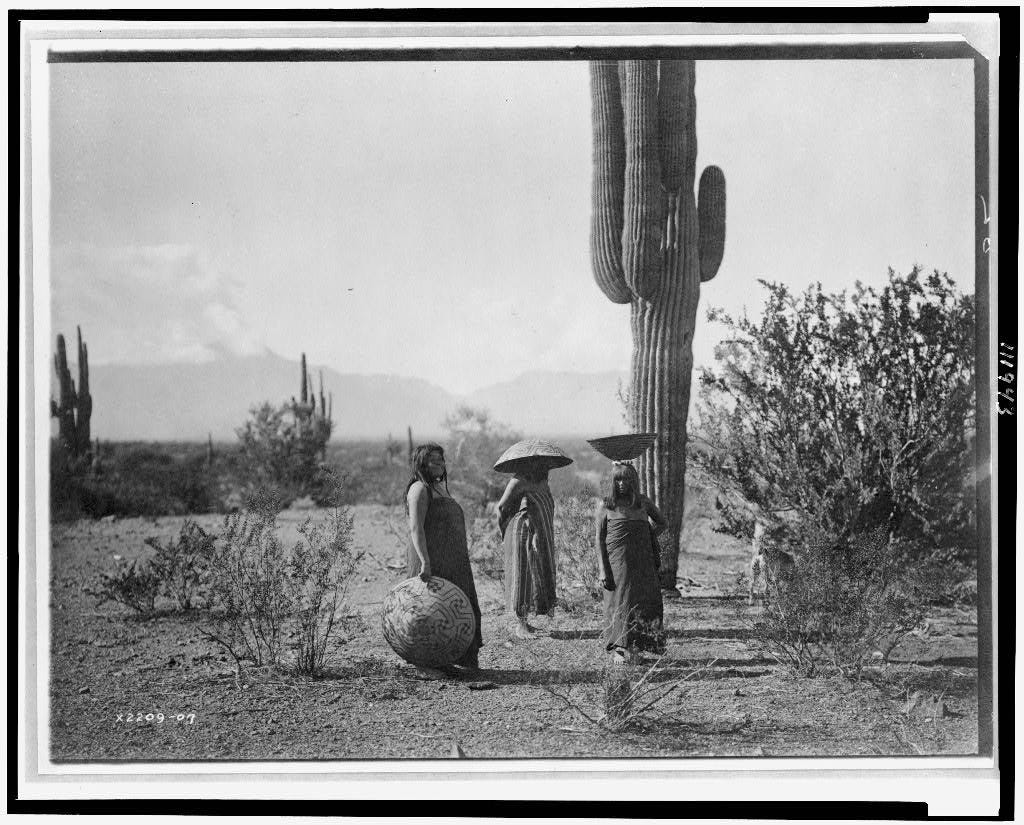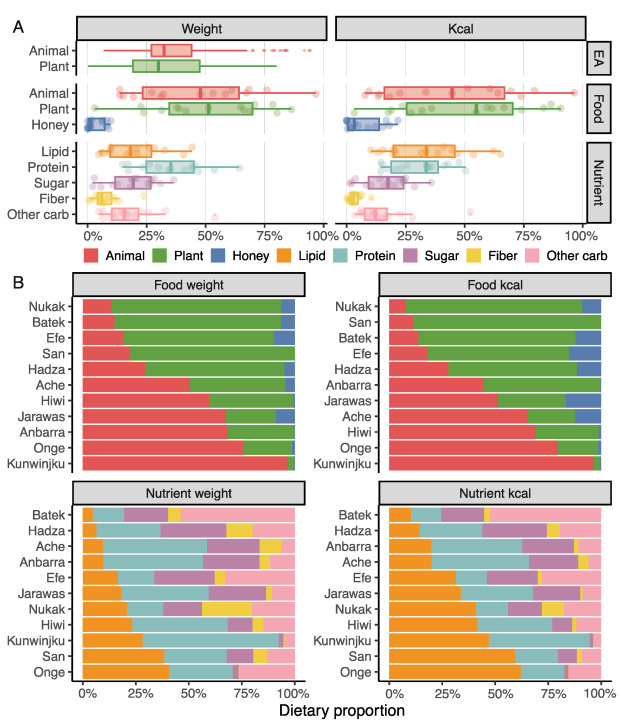Another awful diet documentary
What 11 hunter-gatherer diets can teach us about what humans really ate in the past—and how that can guide us today.
Post summary
A new documentary claims that an all-animal-food diet was “the ancestral diet that fueled our evolution” and the solution to modern sickness.
But decades of research say that’s nonsense.
We’ll look at what humans of the past really ate and six ways that information can guide our thinking about food today.
We’ll touch on the benefits and drawbacks of extreme diets, why these documentaries exist, the health benefits of modern processed foods, the real “Big Food” conspiracy, why documentarians should try hunting, how our meat has changed in ways that may hurt our health, and more.
Housekeeping
Full access to this post is for Members of Two Percent. Become a Member—join our community and get full access to this post and all of our past and future stories that will enhance your life.
Thanks to our partners:
My Jaspr air purifiers are my #1 home health tool. Most health-promoting things require effort—but Jaspr is an exception. Just plug it in and remember to breathe. Air quality is highly linked to health—and yet we neglect it. Stop neglecting it. Get a discounted Jaspr through this link.
Function Health offers 5x more testing than typical blood work—and they’re running a sale right now. Function now also tests for “forever chemicals" (PFAS)—potentially harmful substances found in nonstick cookware, food packaging, and more.
Maui Nui Venison harvests the healthiest meat on planet Earth. 100% wild, ethically-harvested, and delicious. Get a limited collection of my favorite cuts and products, like the Peppered 10 jerky stick. Supply is limited because axis deer are wild. Head to mauinuivenison.com/EASTER to secure access.
Audio version
It’s located at the bottom of the page, accompanied by a note.
The post
Misinformed nutrition documentaries are like the Olympics: A bi-annual event.
Every couple of years, a new documentary claims to have the secret diet “they” don’t want you to know about—one that’ll solve your health problems and save your soul.
And so it is with a new documentary called “animal.”
It argues that an all-animal-food diet is “the ancestral diet that fueled our evolution.”
It also promises to “unmask a century-long conspiracy of political, economic, and religious forces that have twisted our natural bond with meat—enslaving us to ill health and Big Pharma dependency.”
There is misinformation. And then there’s this, a pile of grass-fed bullshit.
Today, we’ll use this documentary as a springboard to explore what humans actually ate for most of history. We’ll investigate the best scientific data and look at what it can tell us about:
The benefits and drawbacks of extreme diets.
Why these documentaries exist (i.e., “the Netflix deal playbook”).
The health benefits of modern processed foods.
The real “Big Food” conspiracy.
Why documentarians should try hunting.
How our meat has changed in ways that may hurt our health.
Let’s roll ..
What ancient humans really ate
To understand what humans evolved to eat, it makes sense to study people who still live like our ancestors did.
Homo sapiens, our species, lived as hunter-gatherers for about 240,000 of the 250,000 years we’ve been around. These people got their food by walking the wilderness to gather plants and hunt animals.
Today, a handful of modern hunter gatherer tribes still exist. And they tend to avoid the diseases that kill us in the “modern” world.
Scientists note1 that among hunter gatherers, “metabolic and cardiovascular disease are rare (and) obesity prevalence is very low (less than 5%).”
So researchers study these groups to find clues about what behaviors, including eating, might enhance our health.
It’s important to note that modern hunter-gatherer tribes aren’t perfect models of the past. For example, many modern tribes—like the Hadza, Ache, and San—trade with local farmers,2 and collecting data is challenging3. But they’re the best model of the past we’ve got.
A landmark hunter-gatherer diet study
Researchers at Harvard reviewed the best available data4 on the diets of hunter gatherers. They chose 11 groups living in tropical zones because those environments are most similar to where humans first evolved.
The graphs below show what they found. They color code all the foods the 11 tribes ate and reveal how much of those foods each tribe ate.
The middle graph is key. Its red bars indicate meat, while the green and blue indicate plants and honey, respectively. The takeaways:
Not a single tribe ate only meat.
Some, like the Kunwinjku, ate more meat.
But others—like the Nukak, Batek, Efe, and San—ate mostly plants.
Honey (pure sugar!) was also a major calorie source for some groups.
What other studies suggest
There are many other strong studies on this topic.
Methods and populations vary, but their findings can be summed up by this line from researchers at Duke and USC5: “Dietary diversity among hunter-gatherers is so vast that dietary universals are few.”
6 ways this can guide us
I largely see Two Percent as a way for all of us to think out loud together. So please allow me to do just that. And, of course, add your thoughts in the comments—think out loud!
Here are six thoughts I had after considering the documentary and reviewing the strongest studies on hunter-gatherer diets. They can guide how we think about eating, meat, media, and big nutrition claims in the modern world.



